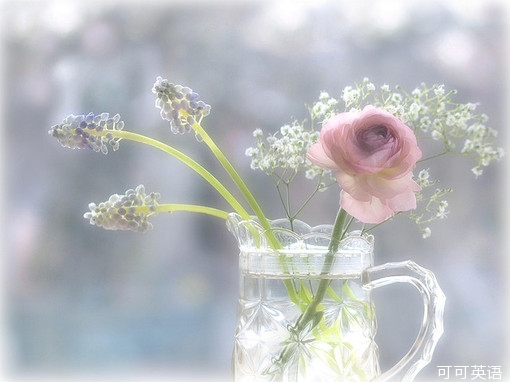(单词翻译:单击)
世间万物的存在,必定有其存在的价值和意义,每一个事物的产生必定有其产生的根源,并非凭空而降。
Rubidium 铷

1861 年,德国化学家本生 ( R.Bunsen )和德国的基尔霍夫 (G.R.Kirchhoff)处理锂云母,制成溶液,该溶液中除碱金属外,不含其它元素。然后加入少许氯化铂即得到大量沉淀,在分光镜上检查沉淀物时,发现在钾元素(K)两条线之间出现两条深紫色的线。该沉淀不断用热水洗涤,终于在灼烧沉淀的火焰中,发现钾线消失,而出现了红、黄和绿色等新明线数条,这些明线都不属于当时已知的元素。特别是一条深红的明线,位置正在太阳光谱最红一端,于是他们断定分离出了一种新元素,同时命名新元素 为“铷”。同年,本生又用电解法首次制备出游离的金属铷。命名“Rubidium”,源自拉丁语,意为“最红的红色”或“暗红”。
ruby Ruby goes back ultimately to Latin ruber ‘red’, a descendant of the same Indo-European base as produced English red. From it was derived the medieval Latin adjective rubīnus, which was used in the term lapis rubīnus ‘red stone’. In due course rubīnus itself came to be employed as a noun in this sense, and it passed into English via Old French rubi. Other English words from the same source include rubella, rubicund, rubidium, and rubric (headings in ancient and medieval manuscripts were often written in red ink).
rubella [医]风疹
rubicund adj. 红润的, 透红的
【同】 florid ruddy sanguine
rubric n. 种, 类, 题目, 标题, 注释, 书或稿件中用特殊字体颜色(如红色)标出的内容, 成规, 习俗
adj. 红色的, 用红色写的


